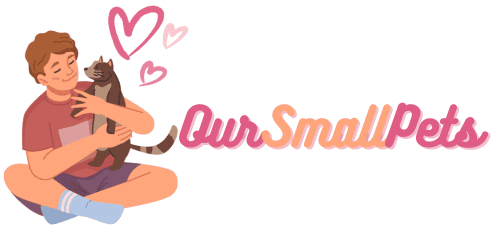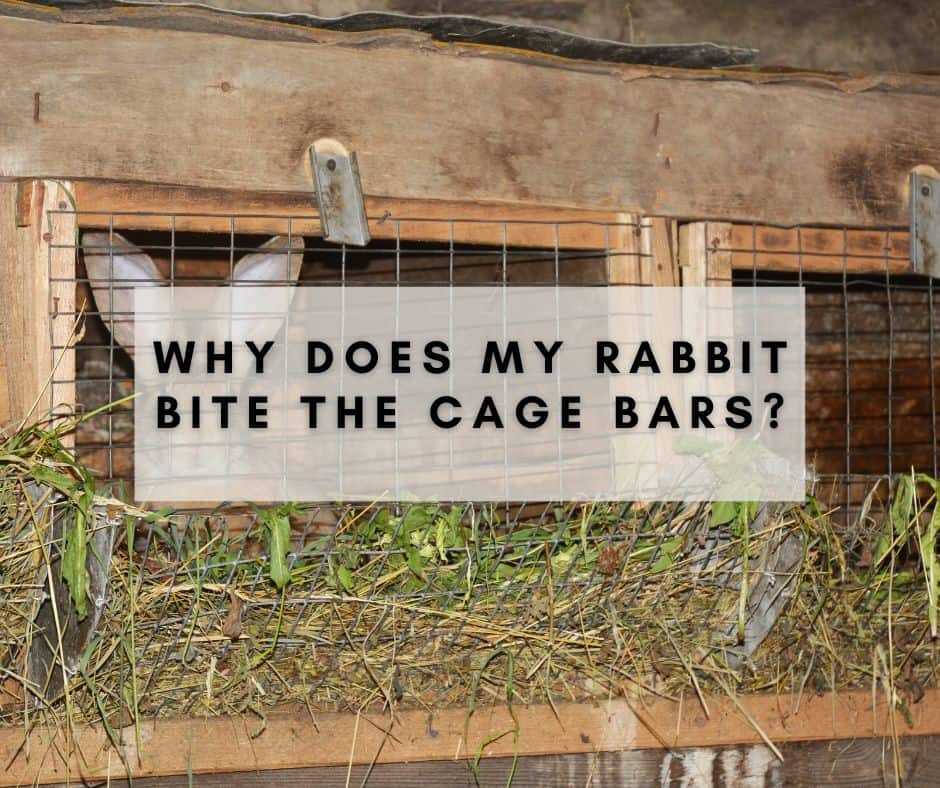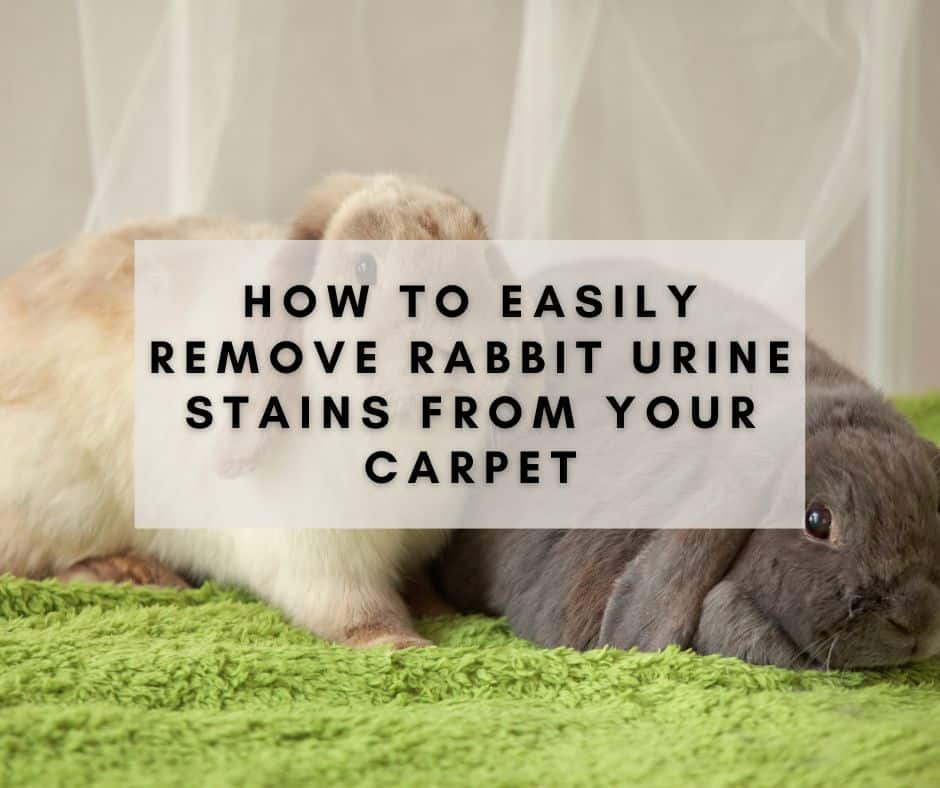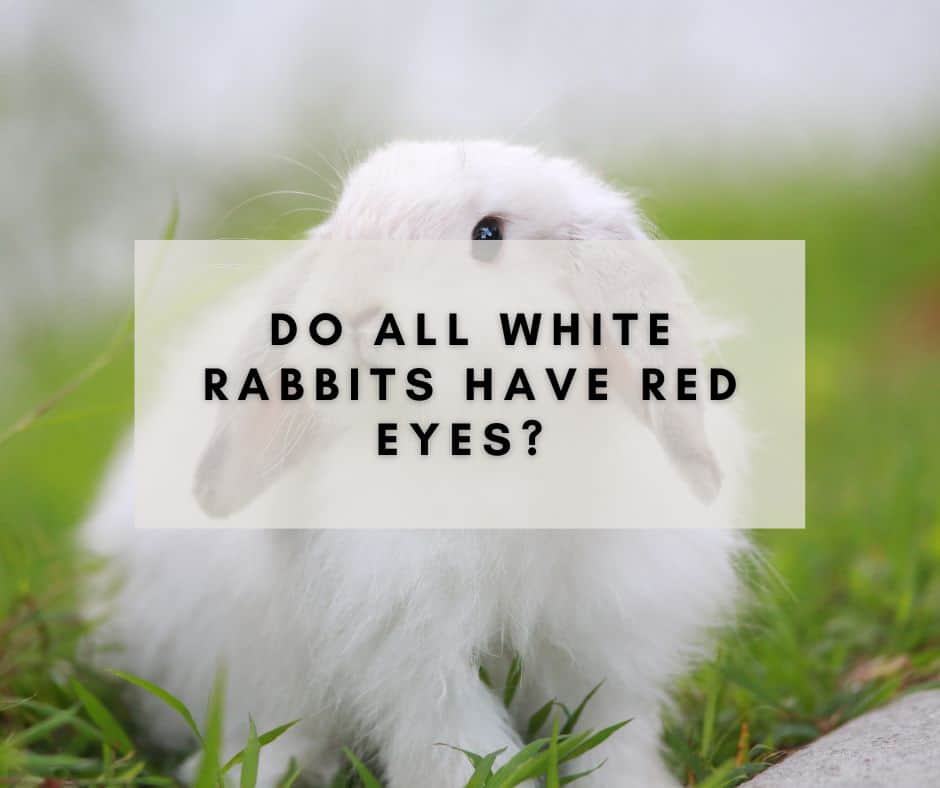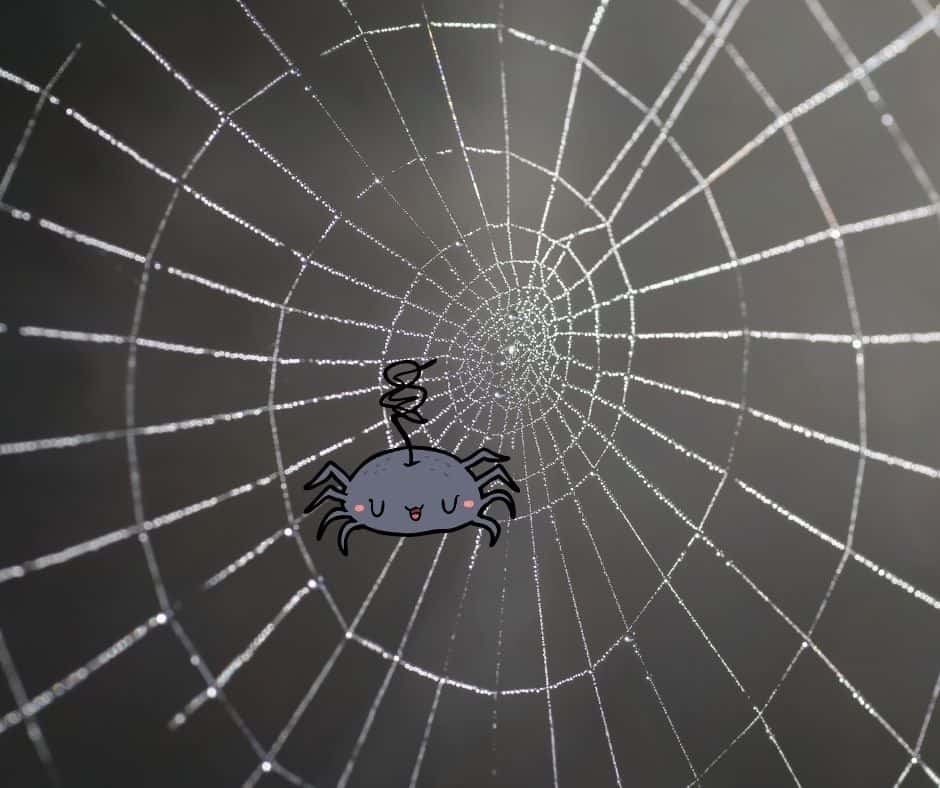
I belong to the generation that is fascinated by superheroes produced largely by Hollywood. Mostly we aspire to become one of them. Hours and hours were spent defending my favorites against my friends’ favorites. Imitation of superpowers often leads to injuries but who cared then?
Among all superheroes projected on the big screen, Spiderman is the one I was crazy about. At times I tried a lot to press fingers against my palms in hope that webs would be emitted out of them. As it was supposed to be, I failed in all my attempts of unleashing my inner superpowers, just like my favorite superhero.
I vividly remember how happy I got when I received my first superhero costume. It was probably my fifth birthday. Besides being crazy about Spiderman, I got equally interested in how can a spider make those amazing webs? How can a tiny spider create a little universe of itself in a web? In this article, I will try to explain web formation by spiders in as simple terms as possible.
Contents
How can spiders make webs?
Spiders owe their making powers to tiny organs located on the rear side of their abdomen. These structures are called spinnerets. These organs are responsible for silk production in spiders.
Spider silk is protein by composition. Each spinneret has nozzle endings called spigots. Each spigot produces a single thread of silk thread. It is quite interesting that gravity plays its part here in pulling liquid silk out of the spider’s body through these nozzle-like openings.
Before exiting spinnerets silk goes through numerous fine pores located in front of spinnerets. These pores are known as “cribellum”. After that spiders use different astonishing patterns activity to create their webs. Depending on its species, every spider makes a unique pattern of the web.
Can all spiders make webs?
Although spiders are often linked with their production of webs not all spiders make webs. But all the species of spiders known to science make silk.
Making webs depends upon its functional importance for a particular species. For instance, if a species of spiders do not need the web to capture its prey then there is no functional utility involve. Hence, such species do not produce webs.
Another handsome species of spiders for example crab spiders in the family Thomisidae, are predators who can wait for their prey with utmost patience. There also some species of spiders that can outmaneuver their targets by swift movements. For example, jumping spiders diligently follow their prey and capture it by jumping on it.
Some spiders are invaders in the sense that they intrude into the webs of other spiders. Some spiders also use the technique of “bridging” to move from one place to another by throwing webs. They throw their web then stick to an object. Thus, tiny spiders can move with help of pull. Hence, it can be said that only those spiders make webs that have functional importance for their food, protection, reproduction, and shelter.
Do spiders make different webs?
Different kinds of spiders have a variable number of these silk-producing organs. Also, spiders differ in quality and the type of silk they produce. Even a single spider can produce different kinds of silk at a time. Every type varies in terms of thickness, flexibility, and strength. Contours of webs produced by a spider depend upon its species, habitat, and functional needs. There are broadly two types of webs namely spider webs and cobwebs. The former is a web that is still in use while the latter is a web that is abandoned. In the next section, I am going to compare these two types of web-based on the presence and absence of spiders in them.
Spider Webs vs. Cobwebs
The major difference between spider webs and cobwebs are the complexity and structure of the pattern. Where spider webs are complex and elegantly designed, cobwebs are simpler in structure. The term cobweb is used by biologists for tangled three-dimensional webs formed by some species of spiders.
Types of spider webs
- Orb-Weaver Spiders:
They are generally found outside and make a wheel like webs with a spiral structure.
- Triangle Spiders:
These spiders make triangular webs. As these spiders are non-venomous so they use their webs for capturing their prey.
- Funnel Web Spiders:
Webs produced by funnel-web spiders contain two entries that can be used either in case of fight or flight. It is used as a hideout or a quick exit route when the need arises.
- Cobweb Spiders:
They produce messy webs in garages, homes, and ceilings. These webs are random in shape and size and do not follow a sophisticated pattern.
- Mesh-Web Spiders:
These spiders produce webs like cobwebs but their webs are more organized and less messy than the cobwebs. Such webs are often termed as an outdoor version of cobwebs. These are formed in vegetation or under rocks.
- SHEET WEB SPIDERS
Sheet web spiders make dense webs largely to capture their prey. These webs can be flat or dome-shaped.
What are the webs used for?
Silk is one of the strongest natural fibers that is evident from the fact that it is multiple times more resilient than steel. Its elasticity falls in the moderate to low category. It has a soft texture but is not slippery to touch. Because of these properties, silk is used for various purposes both in the industry as well as in everyday life.
- In ancient times, silk was used to stop bleeding from wounds. Still, it is used in making bandages and surgical threads.
- It is abundantly used in men and women wear to make fairly light-weighted water-resistant cloths. Nowadays, every, important event in a person’s life seems insignificant without bosting silk attire. Particularly in women’s clothing, silk is used in exclusive designs.
- Given its immense strength, silk is used in making ropes, nets, seat belts, and parachutes.
- Silk also makes to tidiest of important components used in making the free panels on motor vehicles or boats.
- As silk is natural that can easily be decomposed and used in an environment so it, is used in making biodegradable bottles.
- Artificial tendons or ligaments support weak blood vessels.
Production of spider silk is not an easy task as it is a delicate matter. Unlike silkworms, spider silk cannot be produced on farms. Spiders have a propensity to eat one another when in proximity. Therefore, the production of spider silk requires meticulous planning and optimal execution.
